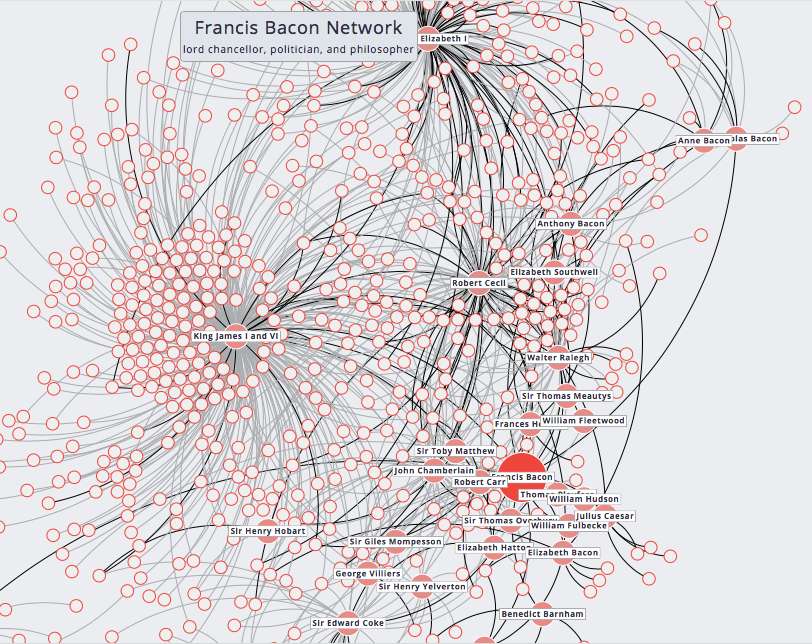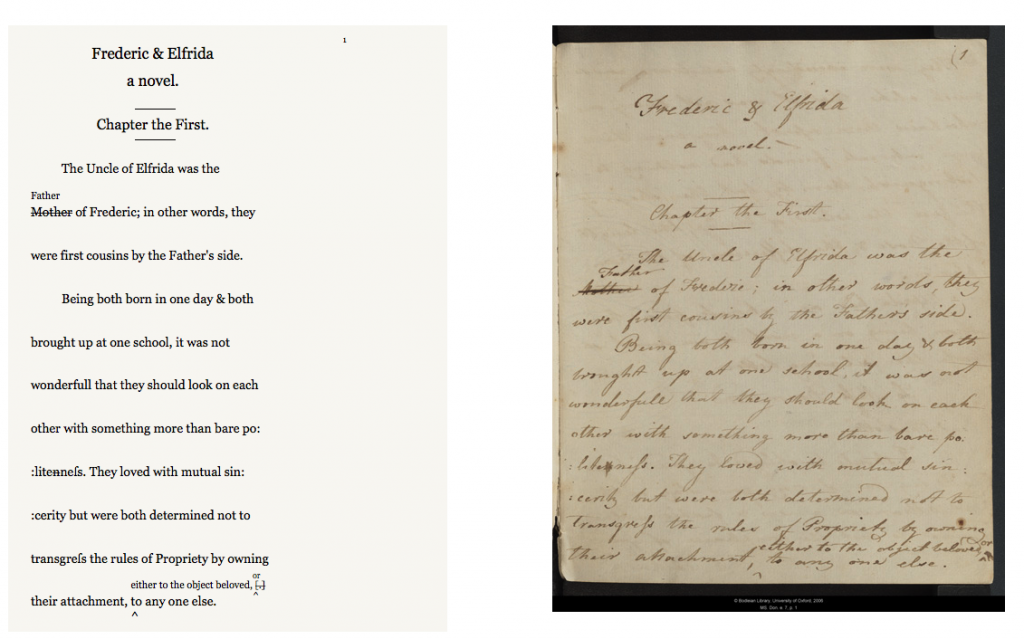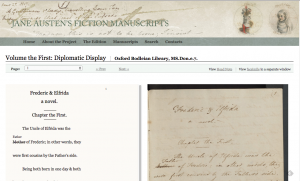An advantage of creating a digital artifact from archival documents is that there is a much larger amount of data and information available for researchers and the general public. Artifacts and manuscripts that have been too frail for people to look at and use in the past are now accessible. We are now able to use the information, that we never had access to before, to help learn from the past and improve in the future. Researchers and other individuals can link information together and find patterns and trends that they would have never been able to have done before.

However, one of the problems associated with creating digital artifacts is that the computational techniques usually used to store these digital archives cause limitations to those interested in seeing them. Also, the process itself of turning an artifact into a digital archive can be dangerous to the artifact. It is so old and so fragile that it can get damaged very easily. Another problem that I see with creating digital artifacts is the large margin for human error. Most of the times, people are the ones converting the archive to a digital medium and they could misread the writing or accidentally make a typo that makes the artifact inaccurate.

I feel that digital archives do not supplant our need to view the physical originals, or enhance the necessity of and desire for archival work. I think that the easy accessibility that digital artifacts provides takes away the excitement for researchers. Though they can just easily look online for the one thing they are looking for instead of having to do research to find it. They will not get to experience the extreme happiness that they feel when they discover something which could eventually cause them to lose passion for their topic of interest. I believe that researchers learn the most when they are looking for information because they run into other data along the way and learn even more when they see the archive in context.
That being said, I feel that open-source and free digitized materials provide opportunities for students and other people looking for specific material to find things that they otherwise would not find. They are able to explore topics in a much deeper manner and discover things that they never even would have thought of. I think the use of these materials also help individuals discover something that interests them that they may have never known existed before looking at digital archives. Students are able to study groups of people that they never heard of and provide them with a much broader perspective on the world and the world’s history.
I believe that because of the creation of digital archives, our research practices have dramatically changed. Most information people need is on the computer and is accessible across the world, so there is no need for individuals to go to the library. Instead of working in groups and dividing up parts of research projects, people are more likely to work on their own and not collaborate with other individuals. I think the use of digital archives have taken the socialization element out of research. I believe that it is a shame because people learn the most from one another and are the most successful when they are working with others because they get different perspectives they would not have thought of otherwise.
Hailey Zimmerman is a sophomore finance major at Bucknell University in Lewisburg, PA. She is from Darien, CT.



